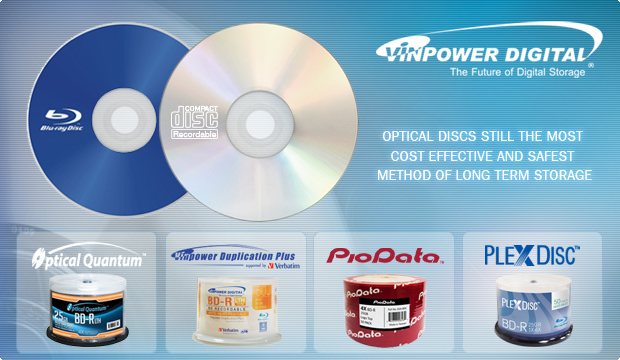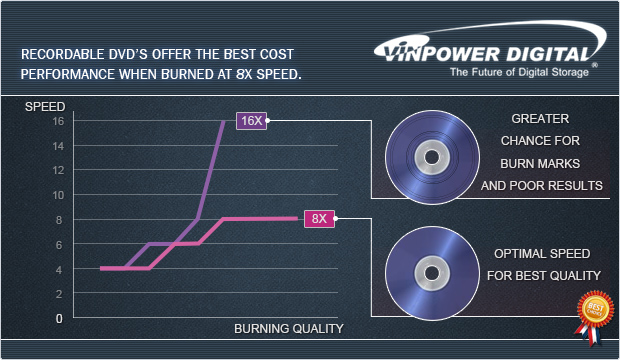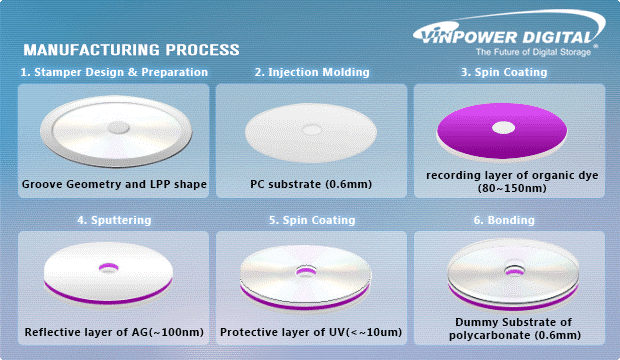Panasonic recently unveiled a new data storage backup unit at OCP 2015. There are a number of major companies, including Sony’s Optical Disc Archive System, that focus on using optical discs rather than magnetic tape or an array of Hard Drives. In fact, within the CDRInfo news release from March 17th, 2015, touting the unveiling of the Panasonic it states;
“By drawing on its optical media, disc drive, and robotics technology, Panasonic has developed a scalable system suitable for long-term data storage comprised of modules that can be extended as the amount of data increases. Compared to hard discs, the Data Archiver also … will reduce running costs.â€
This shows that not only are Optical Discs far more efficient for long term archival data storage, but also reduces the overall expense of operating the device, saving the company money as well as their critical data. In addition, it shows that optical discs are still very relevant and that those touting the death of optical media are sorely mistaken.
For more details about Vinpower’s array of archival media and duplication hardware, visit our website or contact a Vinpower representative near you.



